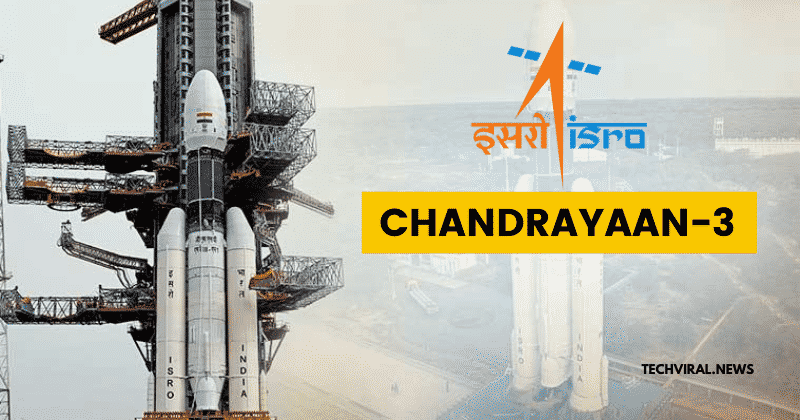CHANDRAYAAN -3

Disclaimer: Copyright infringement not intended.
Context
- ISRO will make its third venture to the Moon through the Chandrayaan-3 mission in August this year. This was stated by Union Minister Dr. Jitendra Singh in a written reply to Lok Sabha.
Details
- About: Chandrayaan-3 is a lander-and rover-specific mission.
- Mandate: It will demonstrate India’s capability of soft landing on a celestial body, with the rover. It will then communicate with Earth via the existing orbiter from Chandrayaan-2 and take images 100 km from Moon’s orbit. The orbiter has an estimated lifespan of seven years.
- Objective: The unique exploration of Chandrayaan-3 aims at studying not just one area of the Moon but all the areas combining the exosphere, the surface as well as the sub-surface in a single mission. With Chandrayaan-3, India aims to further the study of the lunar surface, focusing on the South Pole or dark side of the Moon that has not seen sunlight in billions of years, which is believed to have ice and vast mineral reserves.
|
Do you know? With Chandrayaan-1, ISRO achieved immense success as the ‘Moon Impact Probe’ by Chandrayaan-1 lunar remote sensing orbiter detected water in vapor form in trace amounts. |
Why exploring the Moon is imperative?
- The Moon is the closest cosmic body at which space discovery can be attempted and documented.
- Further, Moon is a promising test bed to showcase technologies required for deep-space missions.
- Exploring the Moon will enhance our understanding of the celestial body clearly, stimulating the advancement of technology, promoting global alliances and inspiring future generations of explorers and scientists.
Why Lunar South Pole of the Moon is targeted for exploration?
- The Moon provides the best linkage to Earth’s early history and civilization.
- The exploration will offer an undisturbed historical record of the inner Solar system environment.
- The Lunar South pole is especially interesting because the lunar surface area that remains in shadow is much larger than that at the North Pole.
- Further, there could be a possibility of the presence of water in permanently shadowed areas around it.
- In addition, the South Pole region has craters that are cold traps and contain a fossil record of the early Solar System.

https://newsonair.gov.in/News?title=ISRO-to-launch-Chandrayan-3-in-August-this-year&id=434808



1.png)
